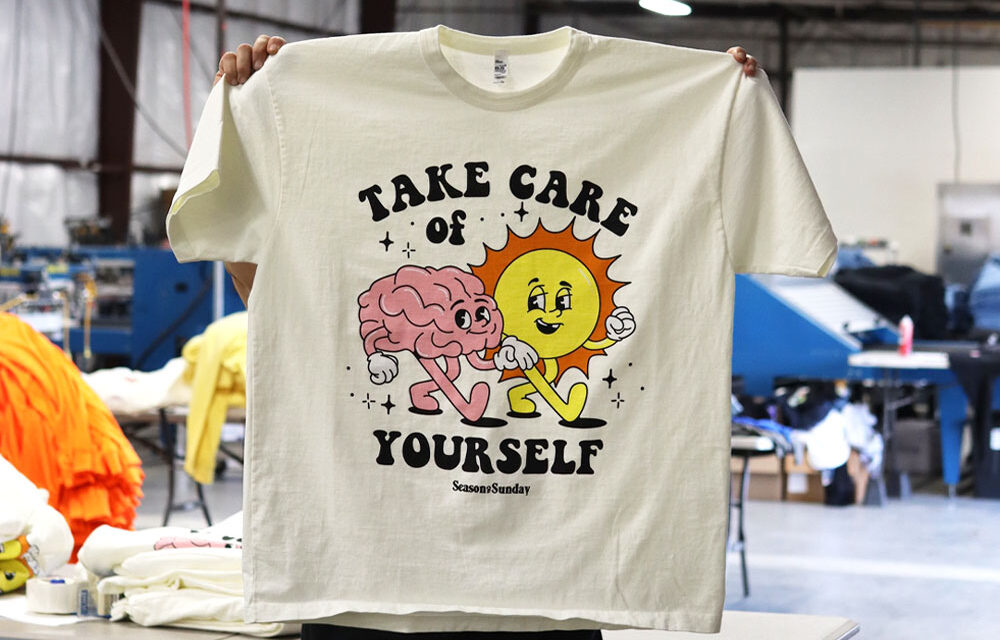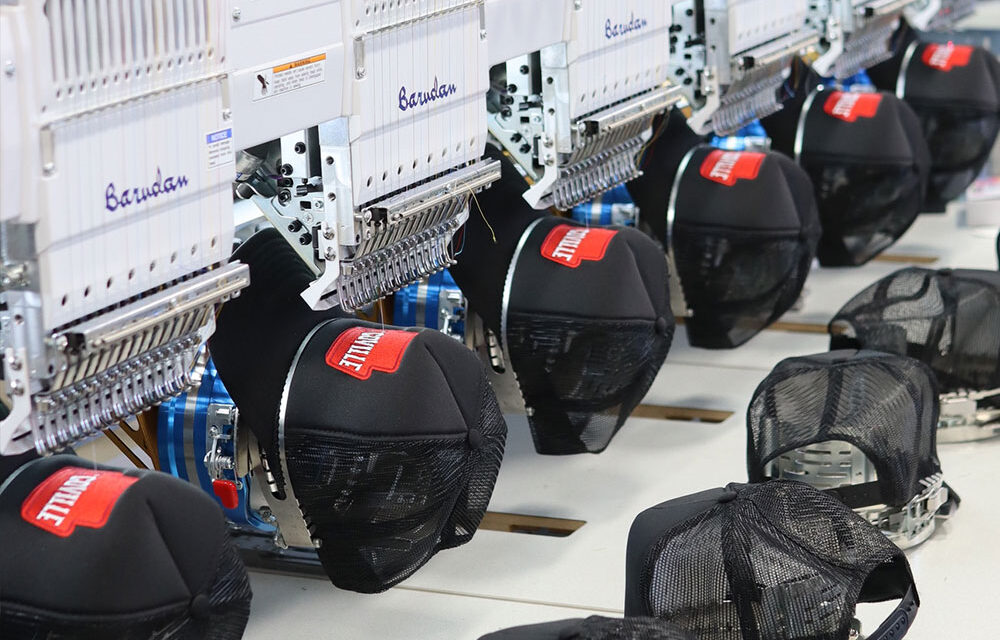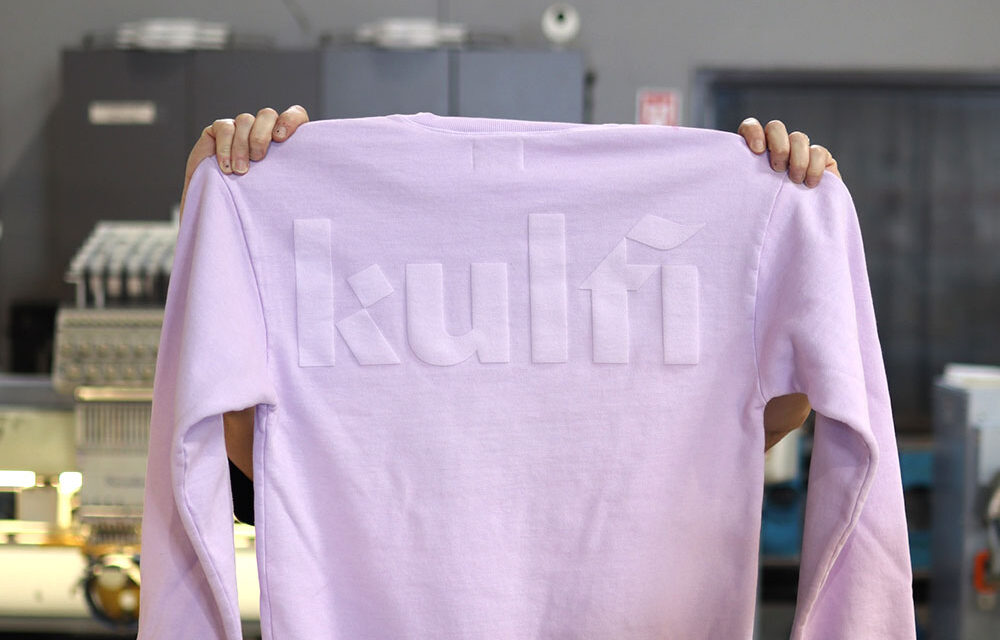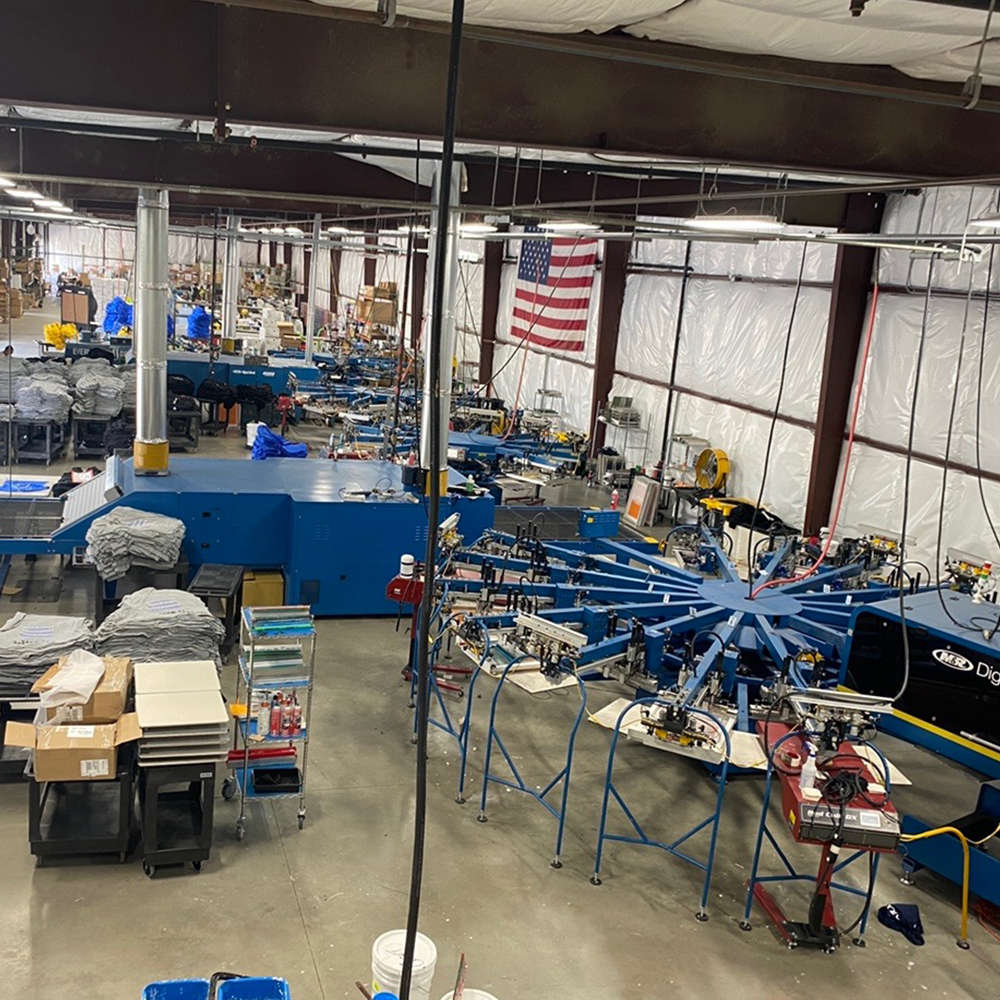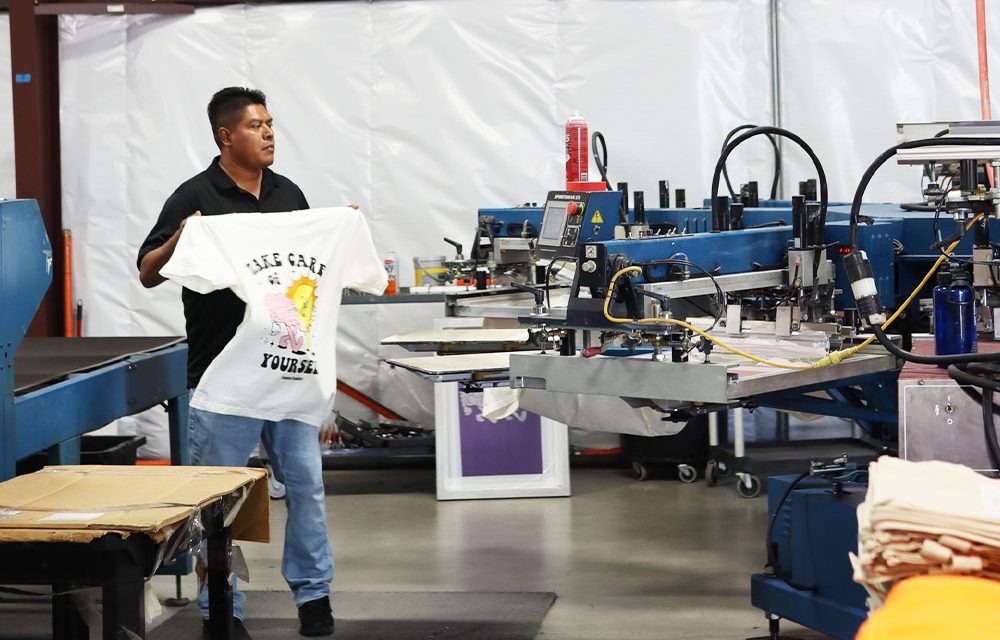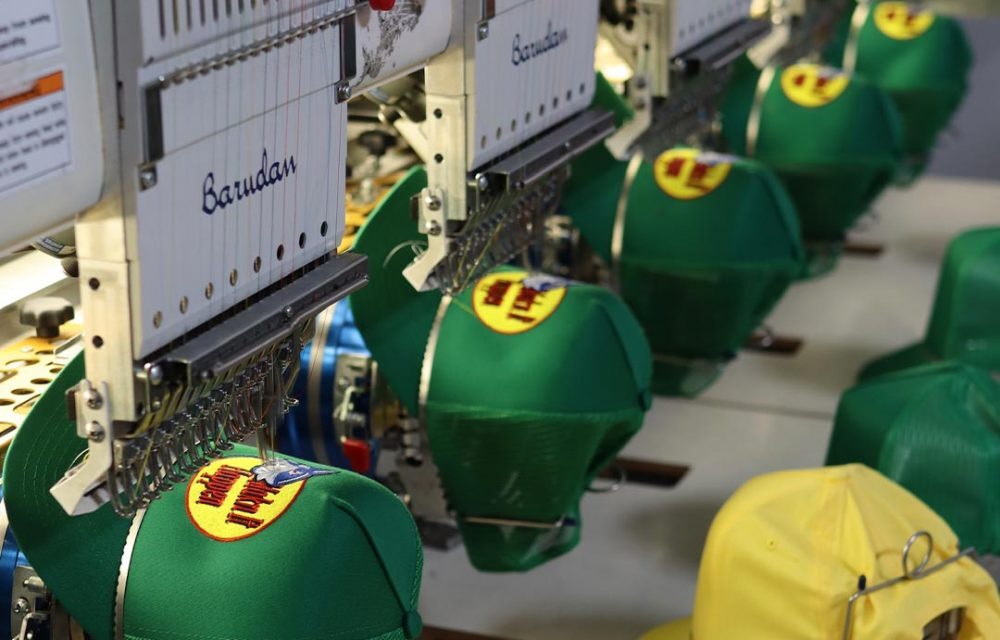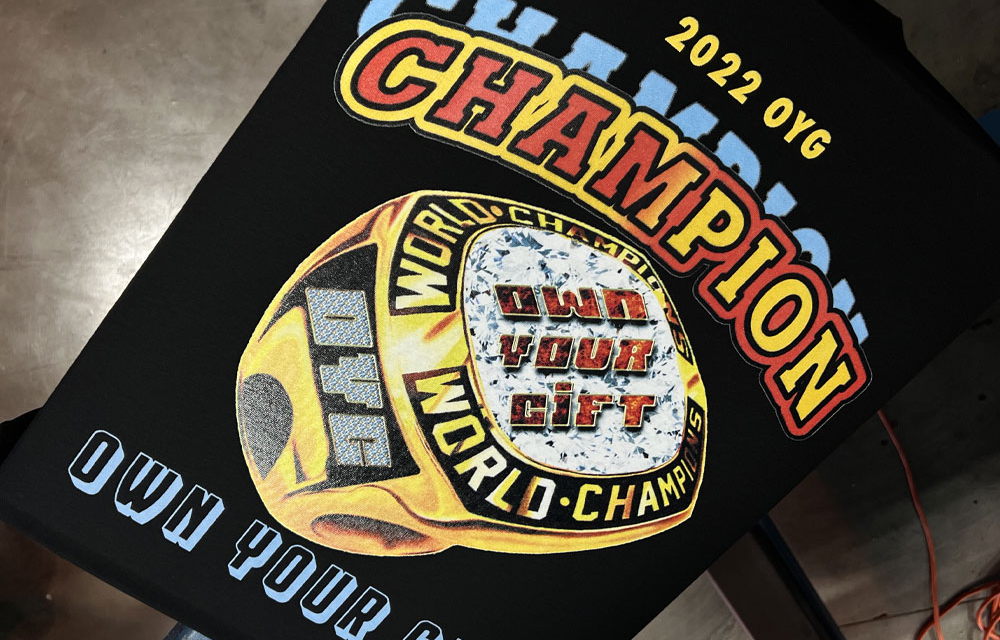Introduction
Understanding the various types of fabrics is essential for anyone interested in fashion, tailoring, or textile arts. Different fabrics offer unique properties and uses, making them suitable for specific types of clothing and purposes. This guide provides an overview of both natural and synthetic fabrics commonly used in clothing, highlighting their characteristics and applications.
Natural Fabrics
Cotton: Cotton is a soft, breathable, and versatile fabric. It is known for its comfort and ease of care, making it a popular choice for everyday clothing such as t-shirts, underwear, and casual wear. Cotton is also used in household items like bed linens and towels due to its absorbency.
Linen: Linen is renowned for its strength and durability. Made from the fibers of the flax plant, linen is eco-friendly and highly breathable, making it ideal for summer clothing. It has a distinct texture and is often used in shirts, dresses, and lightweight suits.
Wool: Wool is a warm, moisture-wicking fabric derived from sheep and other animals. It is breathable and has natural insulating properties, making it perfect for winter clothing like sweaters, coats, and suits. Wool can also be blended with other fibers to enhance its durability and comfort.
Silk: Silk is a luxurious, smooth, and delicate fabric produced by silkworms. Its natural sheen and softness make it a premium choice for high-end dresses, blouses, and lingerie. Silk is lightweight and drapes beautifully, adding elegance to any garment.
Leather: Leather is a durable and strong fabric made from animal hides. It is waterproof and ages well, developing a unique patina over time. Leather is commonly used for jackets, shoes, bags, and accessories, providing a timeless and rugged aesthetic.
Synthetic Fabrics
Polyester: Polyester is a strong, stain-resistant fabric that is easy to care for. It is widely used in clothing and home furnishings due to its durability and resistance to shrinking and stretching. Polyester blends well with natural fibers, enhancing the overall quality of the fabric.
Nylon: Nylon is a durable, lightweight, and stretchy fabric. It is commonly used in activewear, hosiery, and swimwear due to its strength and elasticity. Nylon dries quickly and retains its shape well, making it ideal for performance clothing.
Rayon: Rayon is a semi-synthetic fabric made from cellulose fibers. It is soft, breathable, and drapes well, making it suitable for summer clothing, blouses, and dresses. Rayon mimics the feel of natural fibers like cotton and silk.
Spandex: Spandex, also known as Lycra or elastane, is a highly stretchy fabric. It is often blended with other fibers to add elasticity to garments. Spandex is commonly used in sportswear, underwear, and form-fitting clothing due to its ability to stretch and recover its shape.
Blended Fabrics
Poly-cotton: Poly-cotton blends combine the durability of polyester with the comfort of cotton. This blend is commonly used in casual wear and home textiles, offering the best of both fibers. Poly-cotton is easy to care for and resistant to wrinkles and shrinking.
Wool-blend: Wool-blend fabrics combine wool with synthetic or other natural fibers to enhance durability and softness. These blends are often used in suits, outerwear, and knitwear, providing the warmth and comfort of wool with improved wearability.
Specialty Fabrics
Satin: Satin is a glossy, smooth fabric with a luxurious appearance. It is typically made from silk or synthetic fibers and is used for evening gowns, bridal wear, and lingerie. Satin’s elegant drape and sheen make it a popular choice for formal occasions.
Velvet: Velvet is a soft, thick fabric with a distinctive pile. It is often made from silk, cotton, or synthetic fibers and is used for jackets, evening wear, and upholstery. Velvet’s rich texture and appearance add a touch of luxury to any garment.
Lace: Lace is a delicate, decorative fabric characterized by intricate patterns. It is usually made from cotton, silk, or synthetic fibers and is used for lingerie, bridal wear, and evening dresses. Lace adds an element of elegance and femininity to clothing.
Bamboo: Bamboo fabric is made from the pulp of bamboo grass. It is hypoallergenic, insulating, and soft, making it an eco-friendly alternative to traditional fabrics. Bamboo is commonly used in undergarments, activewear, and sustainable fashion.
Conclusion
Understanding the types of fabrics available and their unique properties helps in selecting the right material for specific uses. From the comfort of cotton to the luxury of silk, each fabric offers distinct advantages that cater to different needs and preferences in clothing and fashion.

